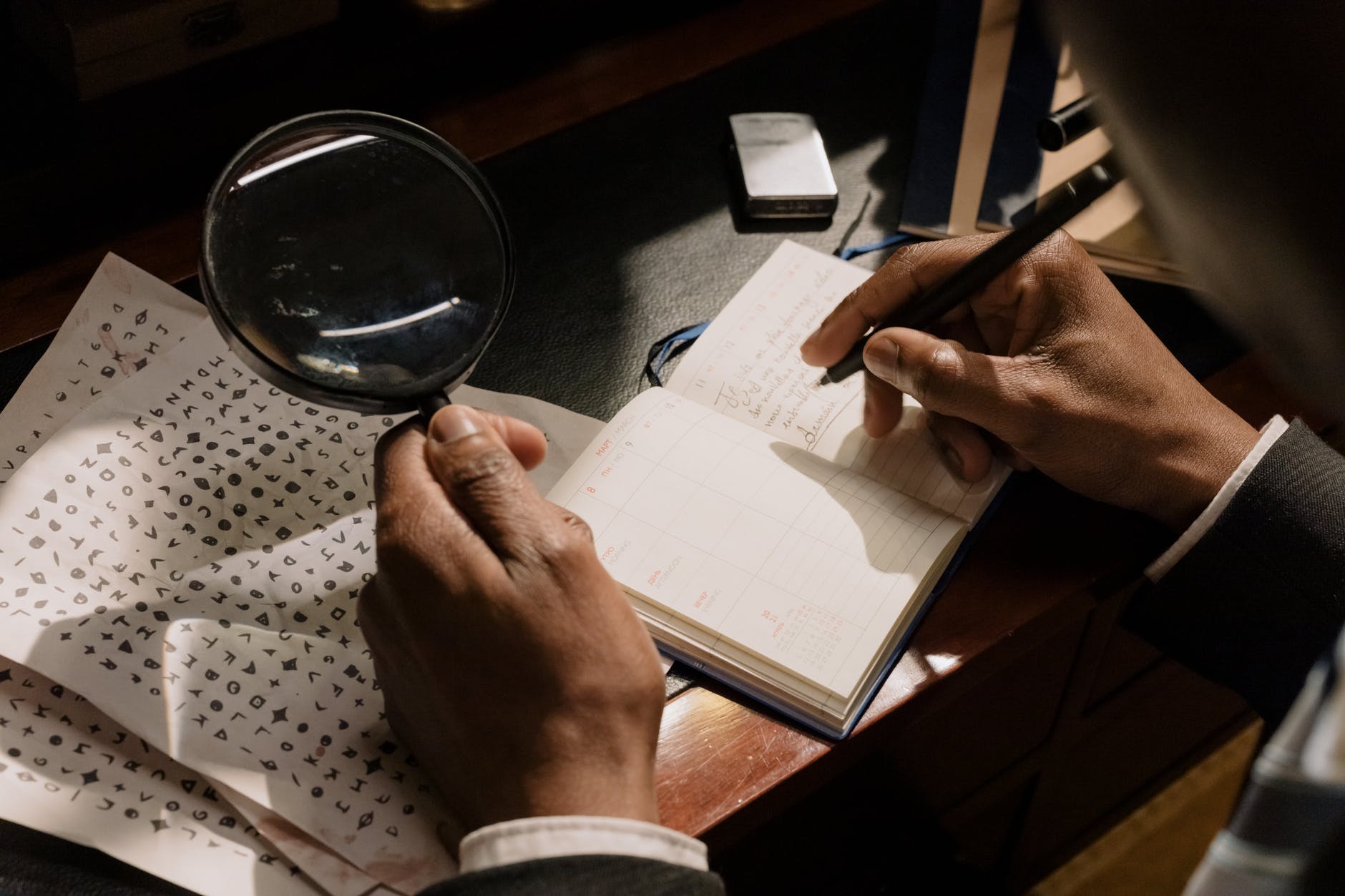
There are known rules for writing detective stories to be published in the crime fiction genre. The following ten rules I have found are required.
1. A reader must have the same opportunity with the investigator for solving the crime. All the clues must be plainly stated and reported.
2. No deliberate tricks or dishonesty may be placed on a reader other than those performed legitimately by the perpetrator on the detective.
3. There must be no love engagement. The profession in hand is to bring a perpetrator to the bar of justice, but not to bring a lovelorn pair to their wedding day.
4. The detective themselves, or one of the official police investigators, should never turn out to be the offender. This is plain trickery, on a par with offering someone a penny for a ten-pound note. It’s false pretences.
5. A detective novel must have a detective in it, and a detective is not a detective unless he or she detects. Their purpose is to collect clues that will ultimately lead to the person who did the dirty work in the first chapter being apprehended. If the detective does not reach their conclusions through an investigation of those clues, he has no more solved the problem than the pupil who gets their answer out of the back of the arithmetic textbook.
6. There frankly must be a corpse in a detective novel. No lesser crime than murder will suffice. A couple of hundred pages is far too much bother for a crime other than a murder, or a few. After all, the reader’s task and investment of energy must be rewarded.
7. The puzzle of the crime must be solved by naturalistic means. Such methods for learning the truth as slate-writing, ouija-boards, mind-reading, spiritualistic seances, crystal-gazing, and the like, are taboo. The reader has a chance when matching his wits with a typical detective, but if they must compete with the world of ghosts and go chasing around metaphysics, they are surely defeated.
8. There must be only one detective — that is, but one protagonist.
9. The offender must turn out to be a person who has acted a more or less prominent part in the story (antagonist) that is, a character with whom the reader is familiar and in whom they take an interest.
10. The butler should not be made by the author as the culprit. This is begging the question; it is a too easy solution. The culprit must be a decidedly worth-while person — one that would not ordinarily come under suspicion.
Do you know any more?



